Israel enters truce stronger but with unfulfilled goal: destroy Hamas

Hamas is claiming a win despite its heavy losses, and parading its fighters in the streets of Gaza, because it has reached its own goal of surviving the onslaught.
Yet the strategic gains from 15 months of war in the Middle East are almost all on Israel’s side. The country has emerged stronger from its longest-ever war, having cut several of its adversaries down to size -- even though they still pose a threat and years of lower-level fighting could follow.
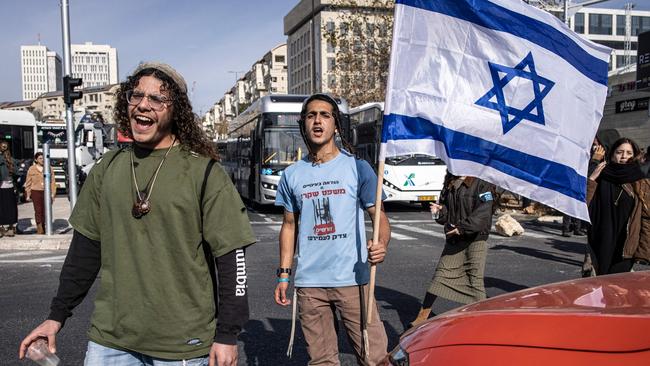
For Israelis, inflicting heavy blows against the ring of adversaries built around it by Iran is an accomplishment that outweighs their diplomatic isolation, outside a few staunch Western allies, in a world largely appalled by the scale of destruction in Gaza.
Meanwhile the Palestinian national cause -- which Hamas sought to revive, with itself at the head -- is facing bleak prospects for decades, while Palestinians mourn their heaviest death toll in the century-old conflict. Despite widespread international sympathy, the Palestinians are more divided internally, more isolated in the region, and face an Israel that after Oct. 7, 2023 is even more firmly against a Palestinian state.
The conflict was triggered by the Hamas-led surprise attack on southern Israel that October day and, according to Israeli officials, left around 1,200 dead and some 250 people taken hostage.


The war isn’t over. Netanyahu, under fire from far-right coalition partners, is stressing that Israel can resume the fight after the cease-fire’s first phase. Israel and Hamas began accusing each other of reneging on details of the deal even before the first Israeli hostages returned home from Gaza on Sunday.
Much could hinge on whether President-elect Donald Trump, whose Middle East priorities include normalized relations between Israel and Saudi Arabia, maintains the pressure to end the fighting.
Israel’s foes, including Hamas and the Lebanese militia Hezbollah, are expected to do their best to recover from their battering by Israeli forces and re-arm. Iran’s nuclear ambitions remain the biggest worry for many Israeli policymakers.
“If the lessons from Oct. 7 are learned, then Israel will identify threats as they develop and attack them quickly, to prevent them from growing,” said Michael Milshtein, a former head of Palestinian affairs for Israeli military intelligence and scholar at Tel Aviv University.
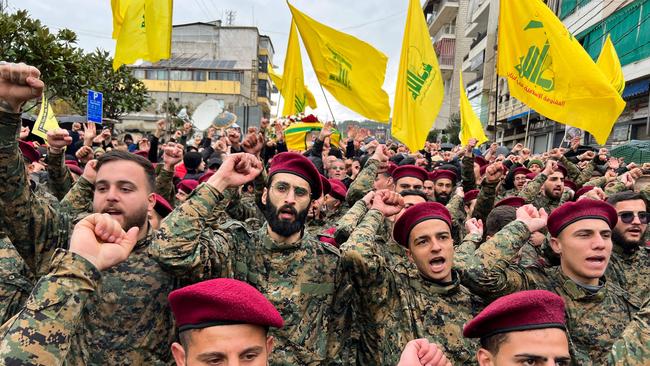
The Gaza truce that began on Sunday, like the brittle cease-fire in Lebanon since November, might lead to years of lower-level conflict, not peace.
Despite Israel’s massive firepower and tactical dominance of every battle in Gaza, it has struggled to eliminate Hamas, a U.S.-designated terrorist group, or break its control over the population. Hamas militants have regrouped in one city after another as Israeli forces pummeled them, then moved on. By this winter, Israeli troops had cleared Hamas out of some neighborhoods three times.
Hamas lost thousands of fighters and most of its senior commanders, but has found plenty of new recruits among Gaza’s large population of young men. Their level of training is likely poor, but little skill is needed for planting bombs or keeping the population in check, Israeli analysts and military officials say. In the most recent battles in northern Gaza, Hamas continued to take heavy losses but killed dozens of Israeli soldiers.
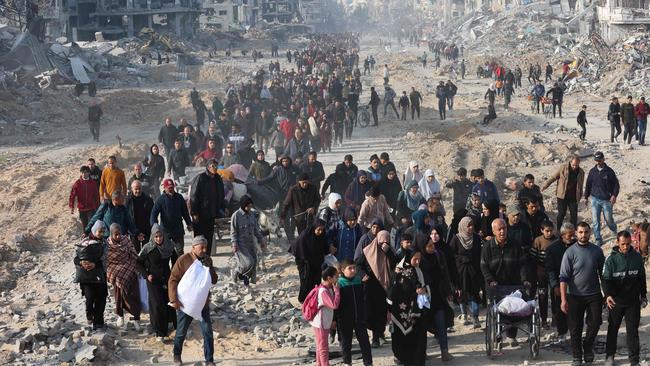
“Hamas in Gaza are badly beaten but not broken,” said Yuli Edelstein, a senior lawmaker in Netanyahu’s Likud party.
Hamas remains a movement with deep roots and continuing support in Gaza society, despite a backlash from some Palestinians over the devastating war that its actions triggered. The cease-fire deal and the release of hundreds of Palestinian militants from Israeli jails could further bolster its standing -- even if it is formally excluded from a future local government.
“The most important thing for them is to survive as a political entity,” said Eyal Berelovich, a civilian analyst for Israel’s armed forces and a military historian at Jerusalem’s Hebrew University. “If they can do that, then they will probably try to re-establish themselves as a military entity with enhanced personnel.” Israel’s government and military have been blaming each other for months over the failure to stamp out Hamas. Senior army figures complain about the lack of a plan to bring in an alternative authority to run Gaza and squeeze out Hamas, without which Israel’s battlefield efforts could be wasted. Netanyahu repeatedly has ordered the military to finish the job of destroying Hamas, maintaining that political plans for Gaza are a matter for later.
“On the Israeli side, there is disappointment and frustration about the war in Gaza,” said Milshtein. “But Israel has a lot of strategic achievements. It caused severe damage to all its enemies. They are not the same threats that they were on Oct. 7. Israel’s deterrence is much improved, and the society demonstrated its resilience.” The real defeat for Hamas came not amid the rubble of the Gaza Strip, but on Israel’s other fronts, where Hamas’s allies in what is known as Iran’s axis of resistance suffered a string of setbacks. The all-out regional war on Israel that was dreamed of by Hamas’s Gaza chief Yahya Sinwar, the mastermind of Oct. 7 who was killed by Israeli troops last fall, turned into a fiasco.
Hezbollah was badly mauled last fall when Israel, profiting from years of intelligence work, destroyed much of its leadership and its arsenal of missiles.
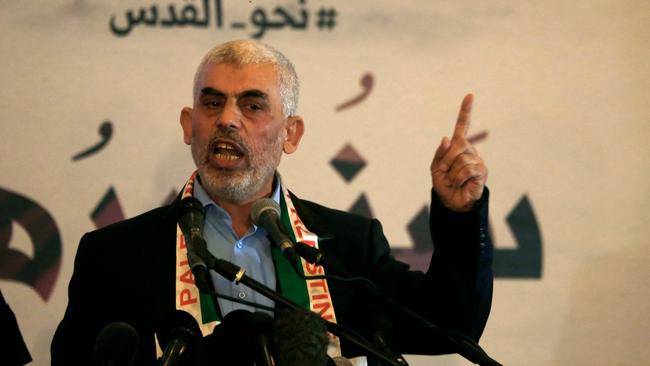
Iran engaged in its first direct exchanges of fire with Israel but came off worst in the aerial barrages. Two large-scale Iranian missile salvos against Israel did little damage, while Israeli planes destroyed much of Iran’s air defenses. Worse still for Tehran, Hezbollah’s drubbing by Israel led indirectly to the surprise downfall of Syrian dictator Bashar al-Assad. Iranian forces retreated from Syria and lost not only an ally but their overland supply route to Hezbollah as well.
“Hamas lost a lot of fighters and equipment and infrastructure, but what forced it to the negotiating table was the changed regional situation, plus the arrival of Trump,” said Ofer Fridman, a former Israeli officer and war-studies scholar at King’s College London. “Without those two factors, judging by the past year and a half, they could have continued.” The war has further harmed Palestinians’ prospects for achieving national self-determination, which had already grown dim in the past 15 years. Hamas’s attack on Israel has led to the leveling of much of Gaza and nearly 47,000 dead in the enclave, according to Palestinian authorities.
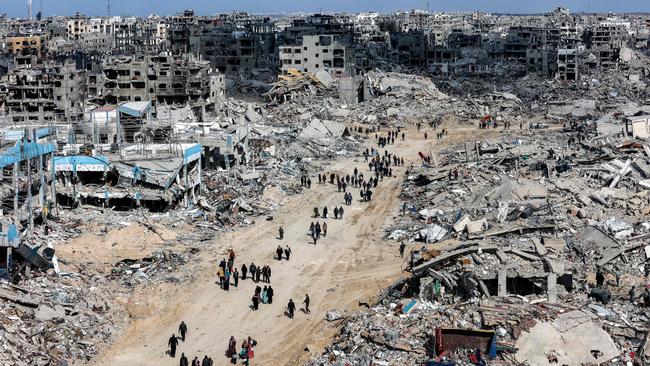
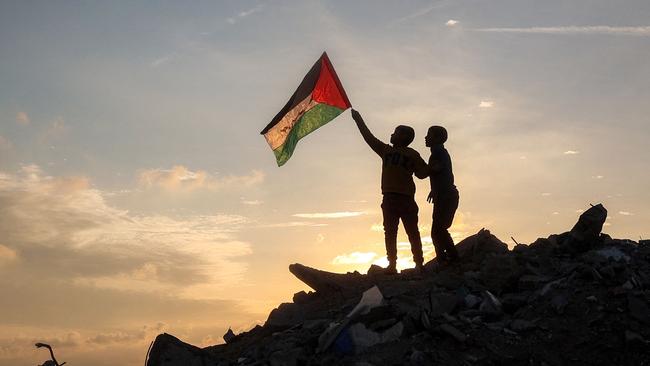
“On the morning of Oct. 7, I fully realized that Hamas has led us into a dark tunnel,” said Dina Muhammad, a mother of three children from Gaza. “The idea behind October 7 is the worst thing to happen to the Palestinian cause since its inception. It was reckless and completely uncalculated.” Currently sheltering in a refugee camp in central Gaza, she hopes her family can return to their home in Gaza City after a year of repeated displacement, like most of the Palestinian enclave’s population.
Hamas’s main rival, the secular nationalist Fatah party that controls the Palestinian Authority in the West Bank, has become tainted by years of corruption, authoritarianism and collaboration with Israel’s occupation forces.
“Palestinians are poised between a leadership representing paralysis on the one hand and a leadership of destruction and suicide on the other,” said Hussein Ibish, senior fellow at the Arab Gulf States Institute, a think tank in Washington.
The Palestinian Authority, aiming to show the U.S. and Israel that it should be involved in governing Gaza, in recent weeks waged a battle against militants in the refugee camp of Jenin, long a focal point of militancy in the West Bank. The security forces of the increasingly unpopular authority achieved little beyond cementing their image as Israel’s deputy sheriff.
Palestinian President Mahmoud Abbas “is in a difficult position, and his actions in Jenin were an attempt to gain Trump’s approval,” said Mustafa Ibrahim, a Palestinian political commentator.
The volatile West Bank is where the unresolved Israeli-Palestinian conflict could next boil over. The cease-fire deal and prisoner swap, if fully carried out, could see the return of hundreds of Palestinian militants to the West Bank, where Israel’s economic restrictions have caused unemployment to soar and left the Palestinian Authority struggling to pay salaries, including for its security forces. Rising violence by Israeli extremist settlers is also destabilizing the territory, fueling support for militant groups among Palestinians.
“The West Bank is unfortunately going to be the new front,” Milshtein said.
The Wall Street Journal

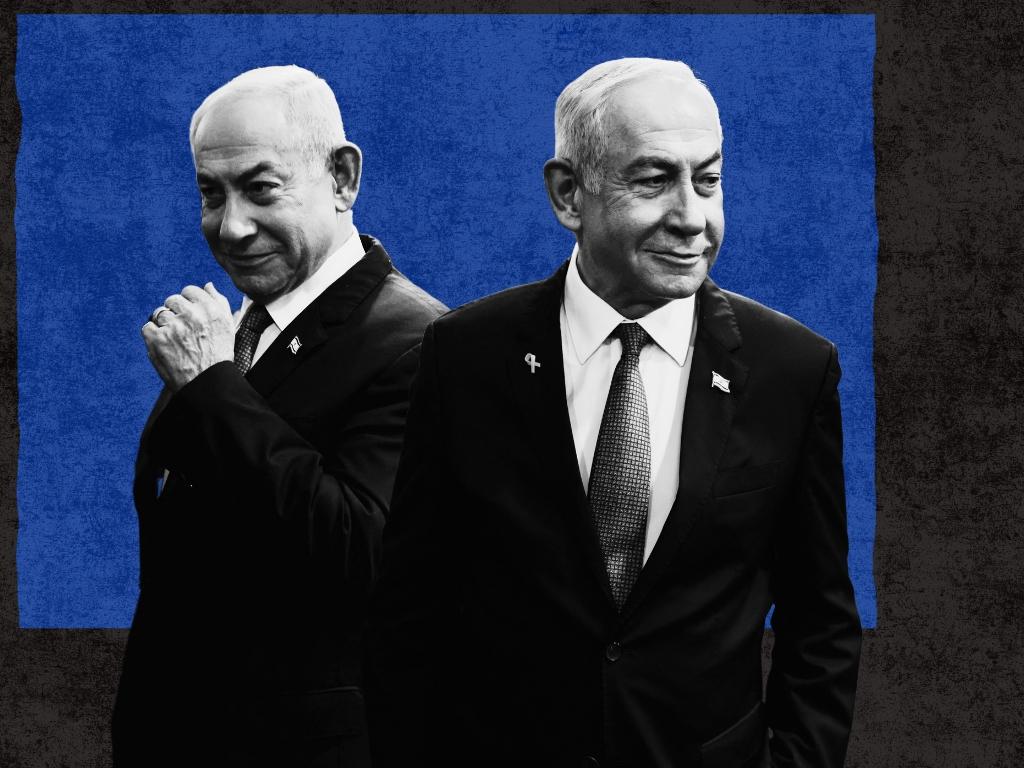


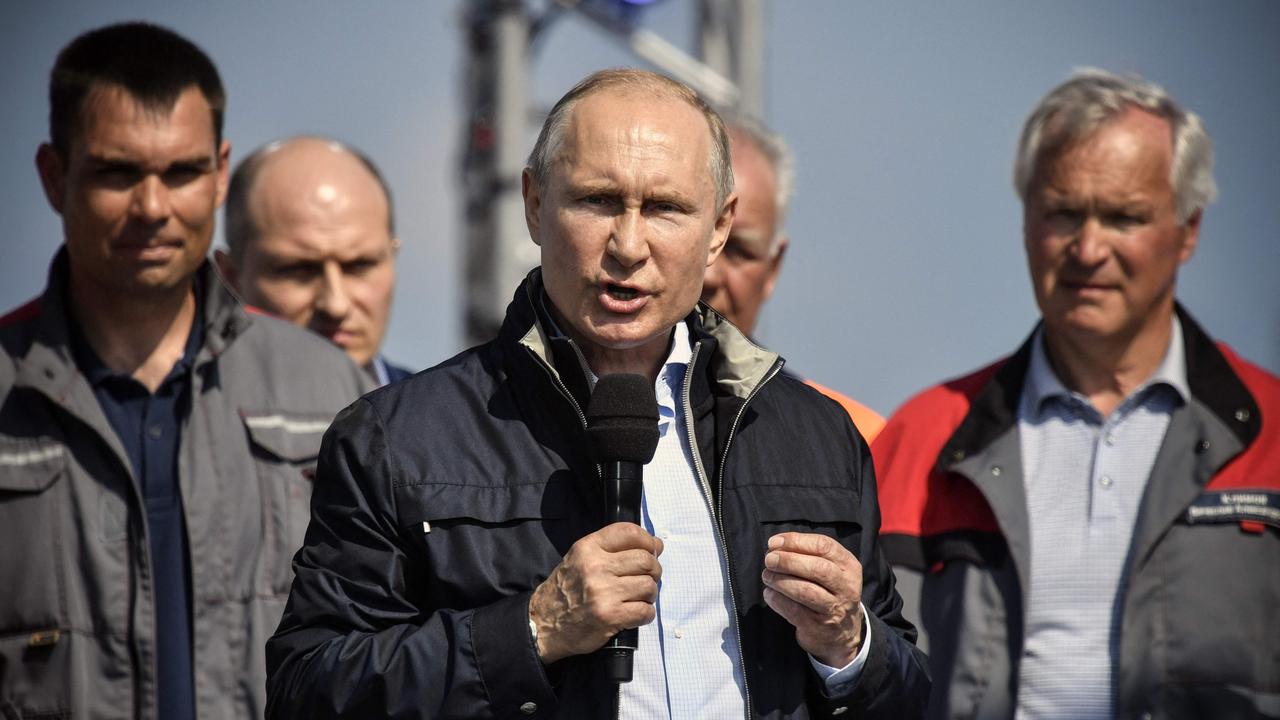

As a fragile cease-fire begins in Gaza, Israel hasn’t fulfilled its top war aim: to destroy Hamas. Israeli Prime Minister Benjamin Netanyahu is promising his frustrated right-wing supporters that he’ll deliver the promised “total victory” later.